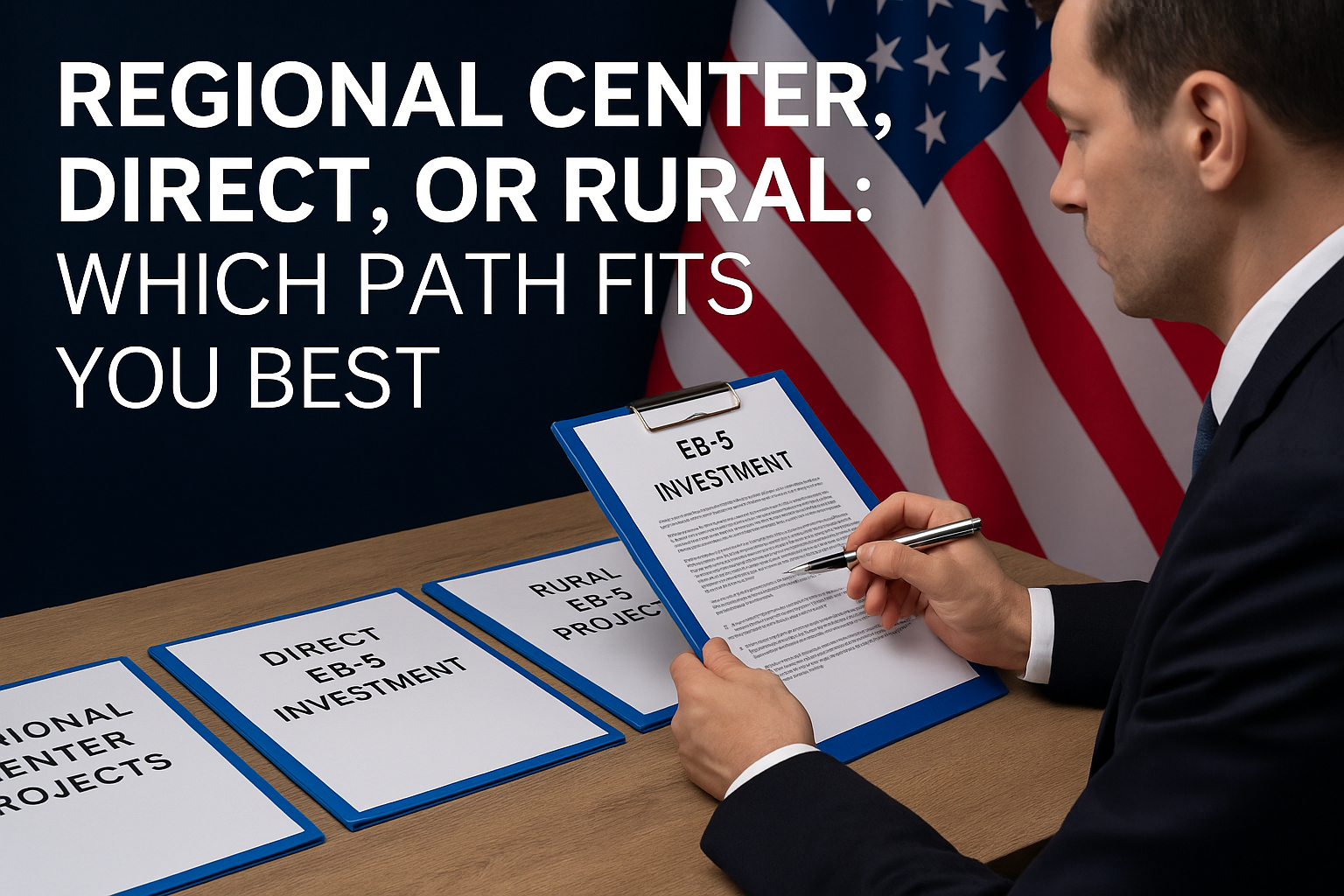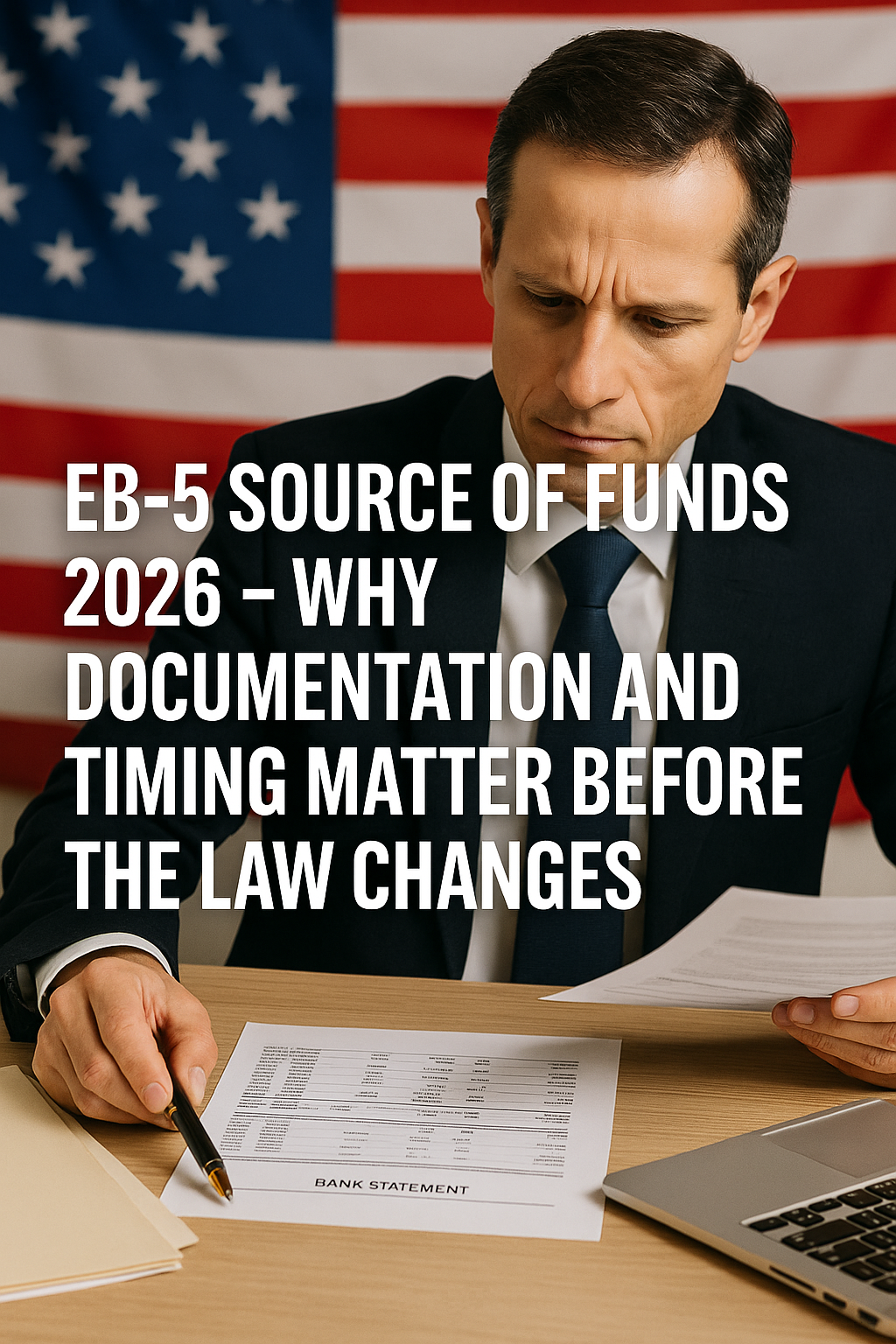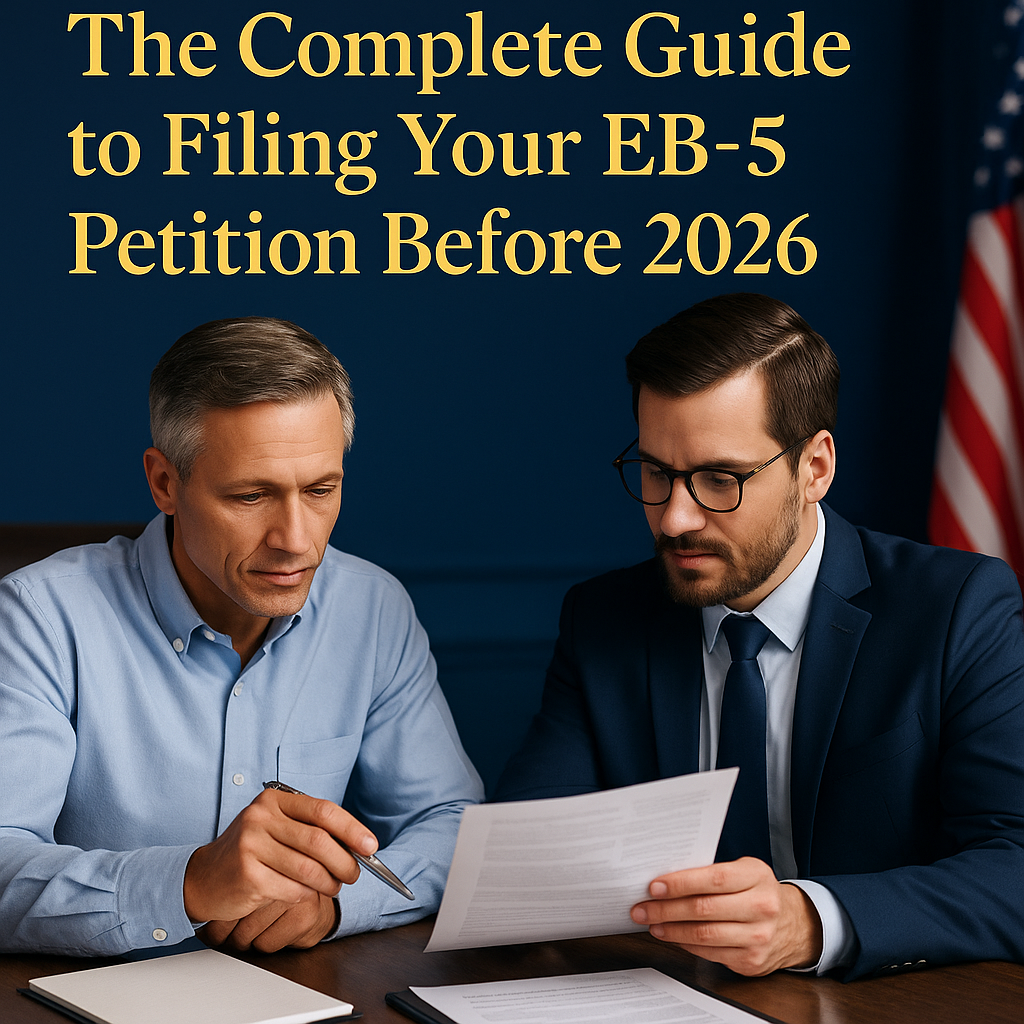Every EB-5 investor must submit a business plan that clearly demonstrates how their investment will create jobs for U.S. workers.
This standard originates from a landmark immigration case known as Matter of Ho, decided in 1998 by the Administrative Appeals Office (AAO) of the U.S. Citizenship and Immigration Services (USCIS).
Matter of Ho, 22 I&N Dec. 206 (AAO 1998), is a precedential decision that defines the minimum requirements for a “comprehensive business plan.”
It established what USCIS considers a credible, verifiable, and approvable EB-5 business plan under U.S. immigration law.
In simple terms, Matter of Ho is the legal blueprint that determines whether an EB-5 project is realistic, compliant, and capable of creating the required 10 full-time jobs.
Why “Matter of Ho” Matters?
Every EB-5 petition must include a business plan that is detailed enough to prove that the enterprise will create at least ten permanent, full-time positions for U.S. workers.
Even if an investor has already made the required capital investment, USCIS can deny the petition if the business plan does not meet Matter of Ho standards.
This is because the plan serves as both an immigration document and a business compliance document, linking capital deployment to job creation.
What USCIS Requires Under Matter of Ho?
The Matter of Ho decision outlines specific elements that must appear in every EB-5 business plan. USCIS expects the plan to be logical, data-supported, and structured like a real business document, not a concept note.
A compliant EB-5 business plan must include the following components:
1. Business Description
Provide a clear explanation of the enterprise, its products or services, target market, and competitive positioning.
2. Job Creation Plan
Demonstrate how and when the required ten full-time positions will be created. The plan must link job creation directly to investment activity.
3. Market Analysis
Present reliable data on market size, customer demand, pricing strategy, and key competitors.
4. Financial Projections
Include detailed income statements, balance sheets, and cash flow forecasts covering at least five years of operations.
5. Organizational Structure
Identify the management team, staffing hierarchy, and each position’s role in the job creation plan.
6. Licenses and Permits
Provide evidence that the business has obtained or can obtain all necessary local and federal permits to operate legally.
7. Implementation Timeline
List development milestones such as construction, hiring, and operational phases. Timelines must be realistic and demonstrate how job creation will occur within the required period.
Together, these components form a complete and credible business plan that meets USCIS evidentiary standards.
How Does Matter of Ho Apply to Different EB-5 Models?
Direct EB-5 Investments
For direct investors, Matter of Ho applies in full. The business plan must show exactly how the investor’s enterprise will create ten direct full-time jobs. Each position must be permanent and filled by a U.S. citizen or lawful permanent resident.
Regional Center Investments
Regional Centers use economic models (such as RIMS II or IMPLAN) to count indirect and induced jobs.
Even in these cases, the base project business plan must still comply with Matter of Ho, because the economic modeling relies on the data and assumptions presented in that plan.
Practical Example
Consider an investor funding a hotel project through a Regional Center.
To satisfy Matter of Ho, the business plan must include:
- Construction schedule, cost breakdown, and completion stages
- The number of construction and operational jobs projected, supported by economic analysis
- Copies of permits, architectural plans, and local approvals
- The anticipated opening date and employment timeline
This level of documentation shows how the investment will translate into actual job creation within the required timeframe.
Common Mistakes That Lead to Denial
Many investors and project developers fail to meet Matter of Ho standards because of avoidable errors, such as:
- Submitting generic or template business plans without specific project details
- Using outdated or unverifiable market data
- Failing to show how or when jobs will be created
- Omitting proof of operational permits or contracts
- Including inconsistent financial figures or timelines
A business plan that lacks evidence, logical structure, or credible data weakens the entire petition and increases the risk of a Request for Evidence (RFE) or denial.
Why Investors Should Care
USCIS officers use the business plan as the primary tool to evaluate whether an EB-5 investment meets legal and economic requirements.
Even investors working through established Regional Centers are ultimately responsible for ensuring that the project’s business plan is Matter of Ho-compliant.
A credible, well-documented business plan does more than meet immigration standards. It protects your investment, supports job creation projections, and gives adjudicators confidence in the project’s feasibility.
In the EB-5 process, documentation is proof of integrity.
Understanding and complying with Matter of Ho can be the difference between approval and delay.
Conclusion
Matter of Ho remains the foundation of EB-5 compliance. It defines what USCIS expects from every investor’s business plan and ensures that immigration benefits are granted only to projects capable of generating real U.S. jobs.
For investors preparing to file before the 2026 EB-5 deadline, ensuring that your project’s business plan meets the Matter of Ho standard is one of the most important legal steps you can take.
It establishes credibility, reduces risk, and positions your petition for success under current law.
By The Immigration Magazine Editorial Team













